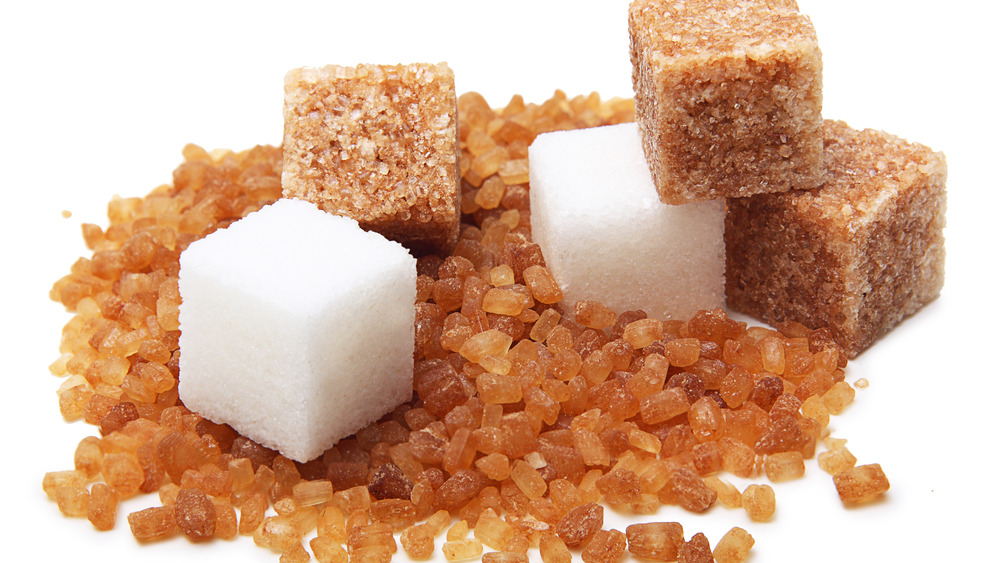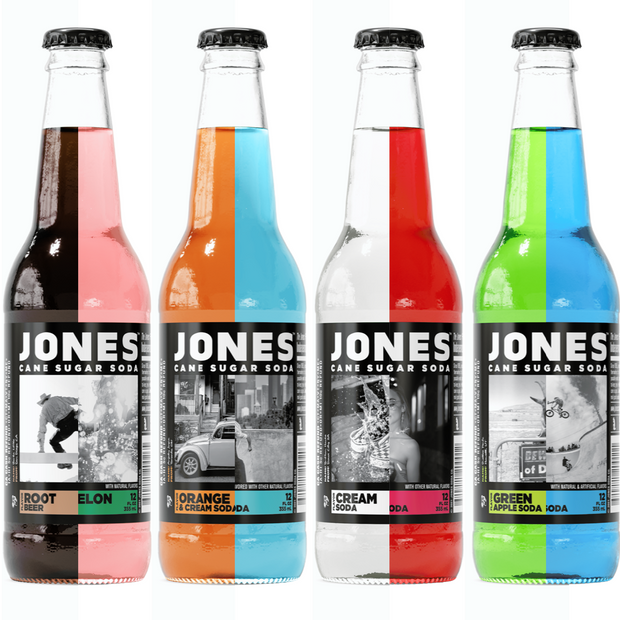Cane Sugar Processing Explained: What Takes Place Inside a Sugar Mill
Cane Sugar Processing Explained: What Takes Place Inside a Sugar Mill
Blog Article
Exploring the Comprehensive Steps Associated With Walking Cane Sugar Processing From Harvesting to Refinement
The procedure of walking stick sugar production incorporates a series of detailed steps, beginning with the cautious harvesting of sugarcane and culminating in the improvement phases that make sure the end product meets sector requirements. Each phase, from the removal of juice to the purification and crystallization procedures, plays an essential role in establishing the high quality and personality of the sugar. Comprehending these phases not only highlights the intricacy of sugar production yet likewise elevates vital questions concerning effectiveness, sustainability, and innovation in the sector. What implications do these aspects have for future methods?
Gathering Sugarcane
Gathering sugarcane is a critical action in the cane sugar processing chain, as it straight affects the top quality and return of the last item. Proper timing and methods are crucial during this phase to ensure optimal sugar content and minimize losses. Generally, sugarcane is harvested when it gets to maturation, generally 12 to 18 months after growing, identified by a high sucrose concentration.

Post-harvest, the sugarcane must be processed swiftly to avoid sucrose destruction. Ideally, gathered cane should be transferred to processing centers within 1 day to protect sugar high quality. As a result, efficient logistical planning is crucial to keep the honesty of the gathered crop throughout the supply chain.
Removal Refine

The smashed walking cane goes through a series of pressing operations to make the most of juice recuperation. Usually, hot water is sprayed onto the crushed walking stick, developing a countercurrent flow that assists dissolve the sugar while additionally assisting in the extraction process. The juice collected from this procedure contains not only sugar however likewise various organic substances and contaminations.

To boost extraction efficiency, some facilities may utilize diffusion techniques, where the sugarcane is saturated in warm water, allowing the soluble sugars to diffuse right into the fluid. The resulting juice, abundant in sucrose, is after that routed to subsequent processing stages, laying the structure for filtration and refinement. The extraction procedure is hence pivotal in identifying the high quality and yield of the final sugar product.
Purification Techniques
The purification techniques employed in cane sugar processing are necessary for transforming the raw juice into a premium sugar item. These approaches mainly aim to eliminate contaminations, such as dirt, plant products, and not natural materials, which can adversely affect the final item's taste and shade.
One of the most typical filtration techniques is information. This procedure involves adding lime and heat to the raw juice, which helps with the coagulation of contaminations. The resulting precipitate is then eliminated via sedimentation or purification, yielding a clearer juice. Additionally, using phosphoric acid can boost the explanation procedure by more binding contaminations.
An additional substantial strategy is carbonatation, where co2 is presented to the clarified juice. This response generates calcium carbonate, which records continuing to be contaminations and promotes their elimination.
Moreover, triggered carbon treatment may be applied to adsorb any remaining colorants look at here and organic contaminations, guaranteeing an extra refined item. The mix of these techniques properly prepares the sugar juice for subsequent action in the refining procedure, setting the phase for the production of high-quality walking stick sugar.
Formation Techniques
After the filtration phase, the next critical action in cane sugar handling entails crystallization techniques, which play an essential duty in transforming the cleared up juice right into strong sugar. This process normally employs two try this web-site main methods: spontaneous condensation and regulated crystallization.
In spontaneous condensation, supersaturated sugar services are enabled to cool naturally, bring about the formation of sugar crystals with time. This technique is simpler however may cause irregular crystal dimensions and lower purity levels. On the other hand, managed crystallization is an extra accurate technique where temperature, seeding, and focus agents are carefully managed. This method permits the consistent development of sugar crystals and higher pureness.
Throughout formation, the clarified juice is focused through dissipation, increasing its sugar material until it reaches supersaturation. Once this factor is accomplished, either technique can promote the formation process. Cane Sugar Processing. The resultant sugar crystals are after that divided from the staying syrup through centrifugation
Ultimately, the selection of formation technique impacts the high quality, size, and pureness of the final sugar product, making this action crucial in the general walking stick sugar processing treatment.
Refinement and Product Packaging
Just how can the purity and quality of walking cane sugar be additionally enhanced after formation? The improvement process plays an important role in achieving premium walking stick sugar. Complying with condensation, sugar undergoes a complete cleaning to remove contaminations and residual molasses. This is usually achieved utilizing cozy water or heavy steam, which helps dissolve and remove unwanted elements while maintaining the sugar crystals.
Following, the sugar is subjected to a procedure called centrifugation, where it is spun at broadband to separate the cleansed sugar crystals from the continuing to be liquid. After centrifugation, the sugar is often additional improved with an approach called carbonization or phosphatation, which utilizes triggered carbon or phosphoric acid to remove color and off-flavors.
When refined, the sugar is dried to attain the preferred dampness content, making certain that it remains steady throughout storage and transport. The final step entails packaging the refined sugar in impermeable and moisture-proof containers to keep its quality and protect against contamination. Cane Sugar Processing. Appropriate product packaging not only prolongs rack life however additionally helps with very easy handling and distribution, ensuring that customers obtain sugar that meets the greatest requirements of purity and quality
Final Thought
The thorough actions involved in cane sugar processing, from the precise harvesting of sugarcane to the elaborate refinement and packaging stages, underscore the importance of each phase in ensuring top quality sugar production. Optimal harvesting techniques, reliable removal techniques, and extensive purification processes collectively add to the end product's purity and stability. The condensation and succeeding packaging methods additionally improve the stability and shelf life of the sugar, highlighting the intricacy and precision intrinsic in this essential agricultural industry.
The process of walking stick sugar manufacturing incorporates a series of detailed actions, starting with the careful harvesting of sugarcane and culminating in the refinement stages More about the author that make certain the last product satisfies market requirements. Preferably, harvested cane ought to be delivered to refining centers within 24 hours to protect sugar high quality.In spontaneous condensation, supersaturated sugar remedies are allowed to cool naturally, leading to the formation of sugar crystals over time - Cane Sugar Processing. The refinement procedure plays a crucial role in achieving premium walking stick sugar.The detailed actions included in walking stick sugar handling, from the careful harvesting of sugarcane to the detailed refinement and packaging phases, underscore the relevance of each phase in ensuring high-quality sugar manufacturing
Report this page